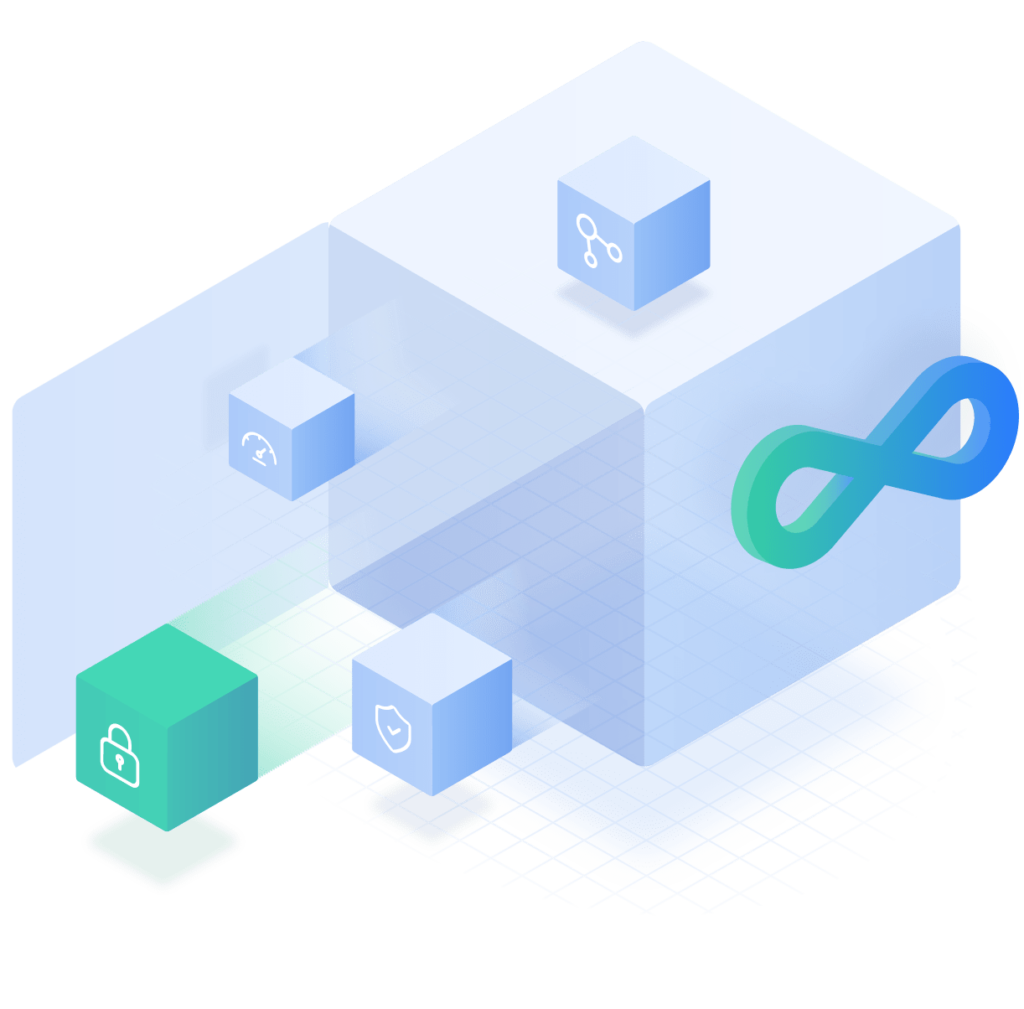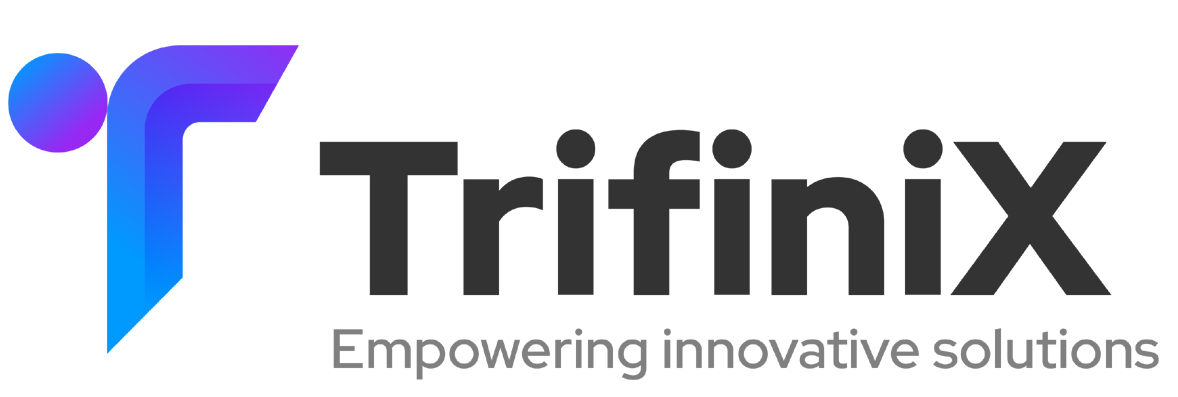Platform-as-a-Service
Building a reliable, secure, and scalable platform that aims to increase the efficiency of software development teams
Platform Analysis
We listen to your software teams and define the platform elements accordingly.
Platform Building Trends & Challenges
The objective is to construct a dependable, secure, and scalable platform with the primary goal of enhancing the efficiency of software development teams through a standardized deployment approach.
The platform service encompasses the entire design and development process, facilitating informed decision-making regarding performance, cost, security, and reliability. Additionally, it serves as a dependable escalation point, providing support for the system during its production phase.

Principles
Automation Everywhere
The aim is to build a platform that provides all functions required by the development team, such as a customized deploy/release model or a customized scaling model, in an automated manner.
Everything as code
All platform code is developed with declarative DSLs including Packer, Ansible, Terraform, Kubernetes, and also imperative ways including Pulumi, Golang, and Python.
Platform Pipeline
Our approach to platform building is also similar to the approach to an application pipeline. A pipeline is required to ensure the quality, security, cost-effectiveness, and performance of the changes on the platform.
Platform Unit Testing
A PR on the platform code repository also means a potential risk that should be approached like unit tests in applications. Therefore each change is expected to pass the platform unit tests.
Scaling
All platform code is developed with declarative DSLs including Packer, Ansible, Terraform, Kubernetes, and also imperative ways including Pulumi, Golang, and Python.
Platform Observability
Platform Observability and Application Observability are two dimensions of observability. We build a platform that lets you have both in one place.
Benefits
Cost Saving: Transition to Kubernetes means decreasing the number of servers/VMs by increasing the per-OS resource utilization. Besides, the transition paths include functions like scaling without horizontal scaling (Event Sourcing), Serverless, and auto-scaling (Even scaling to 0!) that are related to overall cost decrease.
Performance: Decoupling the architecture, adding caching layers, eventual consistency, and auto-scaling increase the performance. Replacing the Monolith architectures with lightweight and lean architectures means higher performer applications and services.
Cloud-Native: Kubernetes-driven infrastructure, along with Cloud functions, brings self-healing and automation to your development and deployment
cycles.
Scaling: Scaling on Y-axis and Z-axis dimensions, rather than scaling on just the X-axis dimensions.
